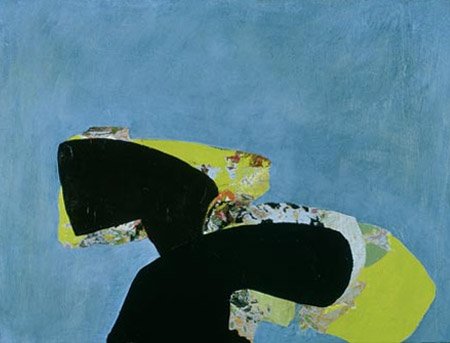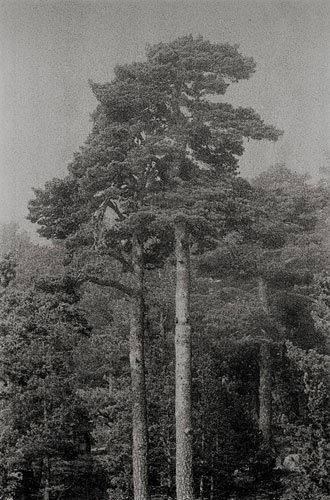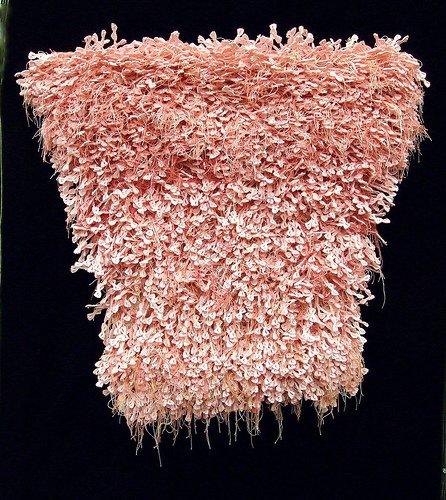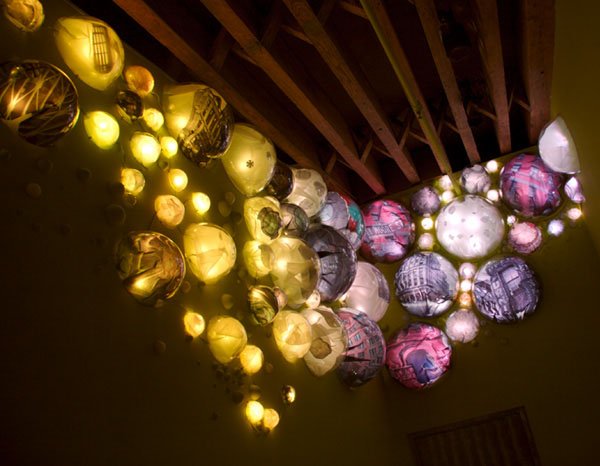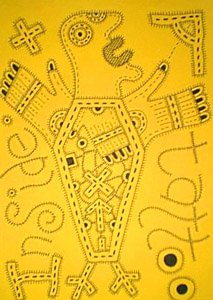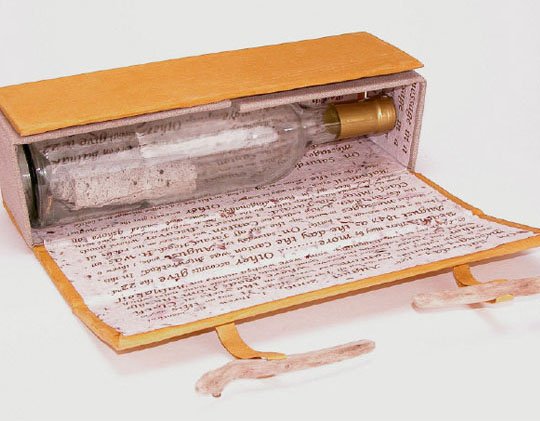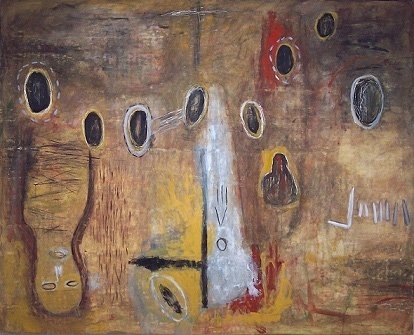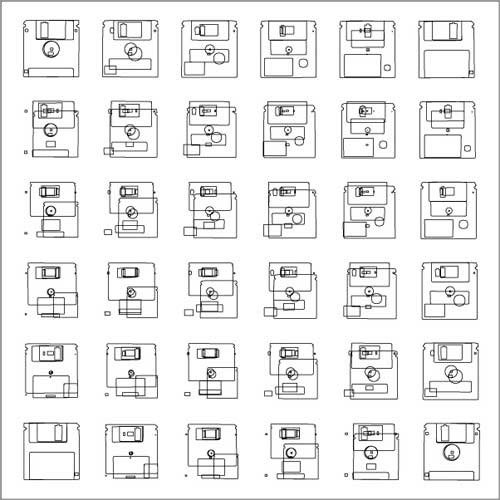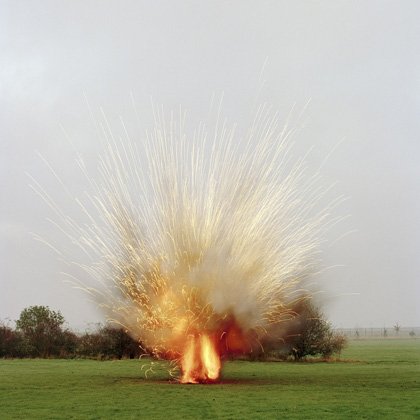
8 Years of Artists & Writers
Online Arts & Literature Journal
Photo by photographer Sara Dominici. Featured in Issue 86, May-June, 2008.
Mental Contagion
About the Project
2000-2008
Arts and literature online journal Mental Contagion, published monthly or bimonthly between 2000 and 2008. The journal published 86 issues featuring literary works, essays, and interviews that featured emerging and established artists and writers to an international community.
Artist, writer, and designer Karen Kopacz was founder and director of Mental Contagion. For eight years Karen, along with a dedicated team of contributors, collaborated monthly with writers across the U.S. to publish the arts & lit online magazine Mental Contagion featuring a national and global community of arts and culture creators.
At the dawn of the Internet, the magazine featured artists living in many countries around the world including, the U.S., Japan, Taiwan, Iran, Budapest, Russia, Peru, Australia, Italy, England, France, Ireland, and Scotland. For this unique curation of Mental Contagion, Karen was invited to be a panel member of Fostering New Culture on the Internet at the SXSW 2005 Interactive Festival.
Within the 86 issues launched, notable features and interviews include: writers Andrei Codrescu, and Heather Mcelhatton, cinematographer Tim Cragg, light sculpture artist Grimanesa Amoros, mass culture photographer Chris Jordan, artist Andrea Carlson, explosion photographer Sarah Pickering, Rennie Sparks from the Handsome Family, Frank Warren, creator of PostSecret, and, of course, Craig of Craigslist.
MC was the platform that laid the foundation for Eric Hoffman’s biography on poet George Oppen. Emily Johnson of Catalyst Dance was a guest writer. It became a platform for writing about consciousness, punk rock, and spirituality for David Kopacz, which became a focus in his writing career. And, it was the predecessor publication to Karen Kopacz’s art print and writing series.
The publication could not have sustained as long as it did without the dedicated help of the following team members: Gene Dillon who wrote the column Tin Can, produced the interview series The Shovel, and later became a contributing editor and producer; Wendy Lewis who wrote the column Rus and produced Pure Hash column for contributing writers; and Dean Pajevic who wrote the column Mags and produced the Cause & Effect column on art and environment; Sam Edsill who wrote and interviewed artists for the column Cause & Effect and became the Special Projects Editor at the Gazette, Cedar Rapids; Katie Bratsch who led as editor for 2 years, and so many more.
(Archiving a small selection of featured artists and contributors has been a project unto itself. MC contributors, if I missed someone, please reach out.)
Select Arts Contributors
Mental Contagion featured hundreds of artists nationally and internationally. A small selection of artwork that was featured follows.
Andrea Carlson, Minneapolis, MN (The Ruffed Grouse)
Art Shanty Project, Medicine Lake, MN (Black Arc Shanty)
Balazs Borocz, Budapest (Self Portrait)
Chris Jordan, Seattle, WA (Pants Rack St. Bernard Perish)
Chris Nau, Chicago, IL (Second Time)
Cyril de la Torre, Melbourne, Australia (Arbol)
Cyril de la Torre, Melbourne, Australia (Higher Games)
David Lefkowitz, Northfield, MN (Fell)
Elizabeth Morissette, Greenbelt, MD (Sugar and Spice)
Emily Johnson / Catalyst Dance, Minneapolis, MN (Call & Response featured writer)
Gautam Narang, London, England (Untitled)
Giacomo Brunelli, Perugia, Italy (Untitled)
Gregory Scott, Evanston, IL (Bound)
Grimanesa Amaros, NYC, NY & Lima, Peru (Terrarium)
Ian Pyper, Brighton, England (A Tatoo Inside)
Inga Titova, Karpinsk (Bogoslovsk) of Sverdlovsk region (The Graces)
Jane Ingram Allen, Troy, NY (Aristis-in-residence in Taipei, Taiwan)
Jane Ingram Allen, Troy, NY (Aristis-in-residence in Taipei, Taiwan)
Janet Owen-Driggs, Los Angeles, CA (Not a Cornfield) — Photo by Steve Rowell); Project Artist, Lauren Bon
Joanne B Karr, Caithness, Scotland (Message In a Bottle)
John Diebel, Minneapolis, MN (Wohnkultur)
Ken Marchionno (Los Angeles, CA)
Kim Abeles, Los Angeles, CA (Looking for Paradise)
Kristen Alvanson, Shiraz, Iran (Lumpen Orientalism)
LWO, Paris/France (Untitled)
Mari Richards, Minneapolis, MN (Antidotes, detail)
Mauro de Martino, Italy (Untitled 1)
Michael K Brooks, Chicago, IL (Untitled)
Michael Sweere, Minneapolis, MN (Land of Giants)
Norio Kobayashi, Japan (Japanese Blue Series; Interview translated by Maiko Yagi
Rennie Sparks , Albuquerque, NM (Grizzly Bear Dream)
Sarah Pickering, London, England (Land Mine)
Stephen Duren, Grand Rapids, MI (California Hills)
Stephen Duren, Grand Rapids, MI (Power Line)
Teresa Cox, St. Paul, MN (Paessaggio Misterioso)
Cinematographer Tim Cragg, Hastings, England (Costa Hajiyianni)
Pavel Romaniko, Rochester, NY & Pereslavl-Zalessky, Russia (Margarita Grigorievna)
Pavel Romaniko, Rochester, NY & Pereslavl-Zalessky, Russia (Bed)
Select Literary Contributors
Archived Literary Downloads From Featured Columnists
Arts and literature Internet journal Mental Contagion published monthly or bimonthly between 2000 and 2008. The journal published 86 issues featuring literary works, essays, and interviews that featured emerging and established artists and writers to an international community.
Mental Contagion was always free to the public. Its in that same spirit that we decided to offer access to the complete archives of Mental Contagion’s primary columnists, packaged for print or screen-reading. These free PDF mini-books are housed here for all to enjoy.
About the Name “Mental Contagion”
A “mental contagion” was how artist Max Ernst described the “Exquisite Corpse,” a creative method developed during the surrealist movement. Ernst was interested in collective myth, serendipity and the unconscious. The Exqusite Corpse was played as a parlor game by groups of artists and writers. One person started by drawing an image in a section of a piece of paper, then folded the paper into half or thirds. With most of the drawing concealed from view, only a few lines could be seen on the blank opposite side. Collaborators added to the in-progress composition to reveal a strange or ridiculous image, for example, a fish that becomes a vase. The same method was used to write poetry or stories, each contributor seeing only a segment of what had been written before them. Participants sometimes noticed that a similar theme or synchronicity would occur, even though none of the participants knew what others had drawn or written before them. And this is what Max Ernst referred to as a mental contagion.






